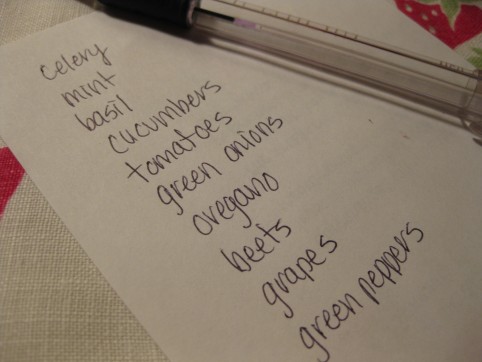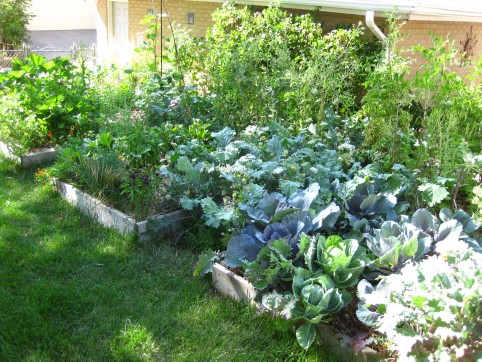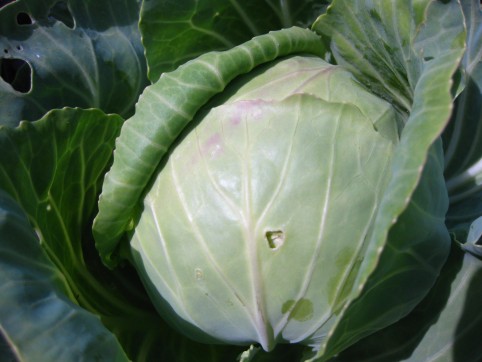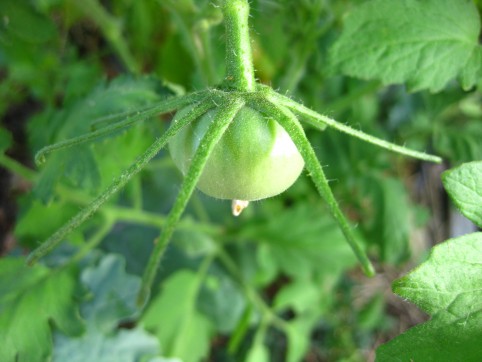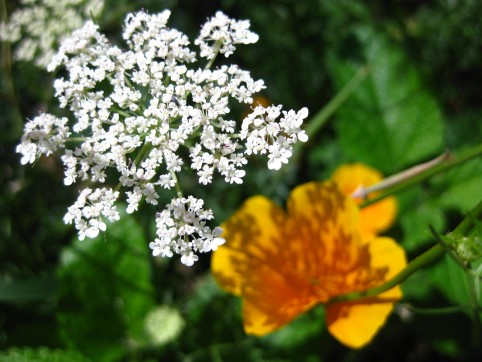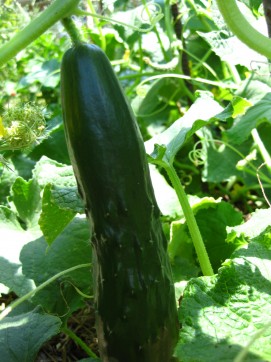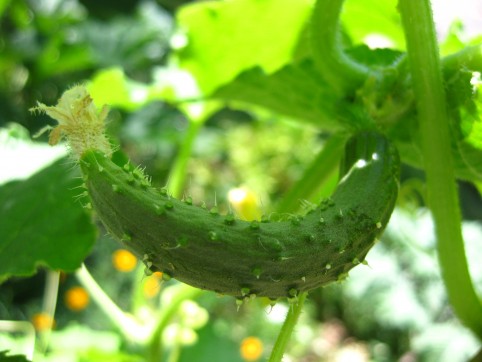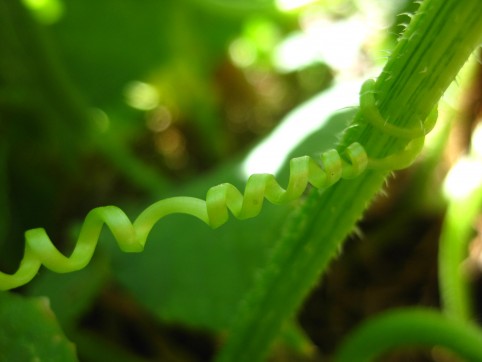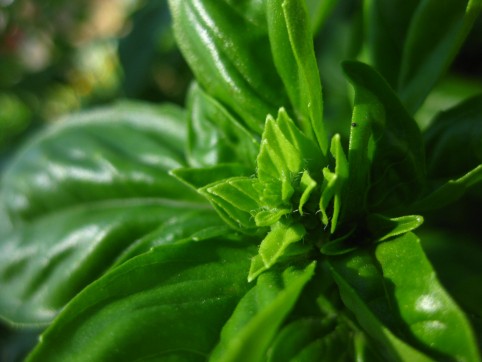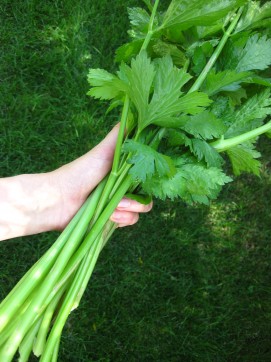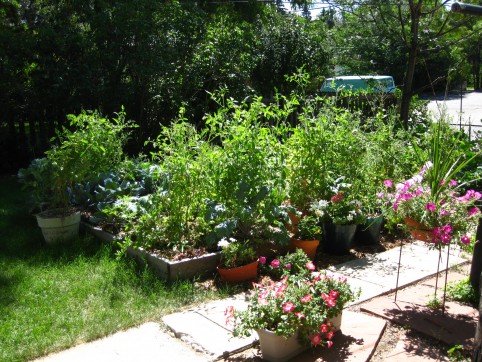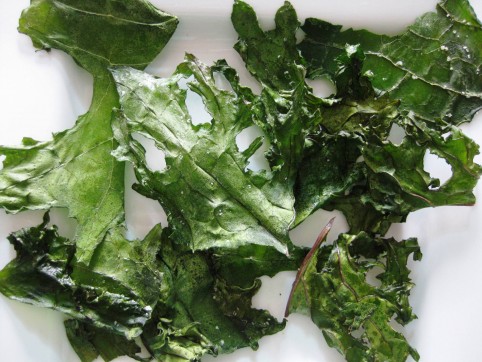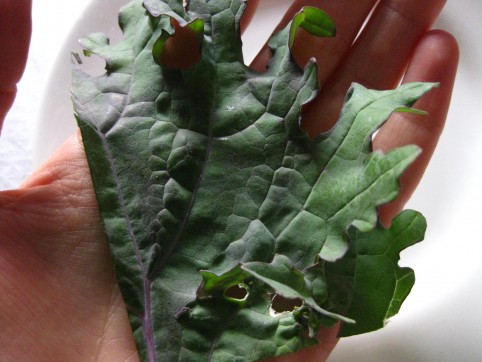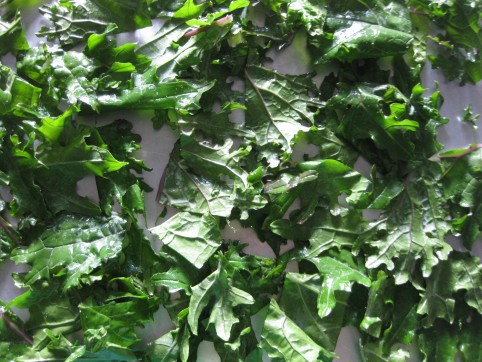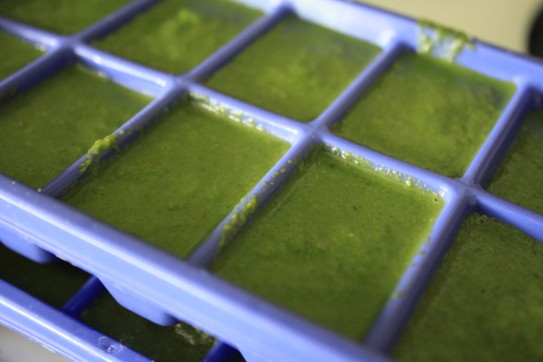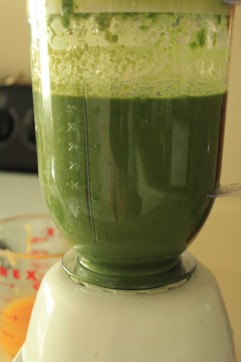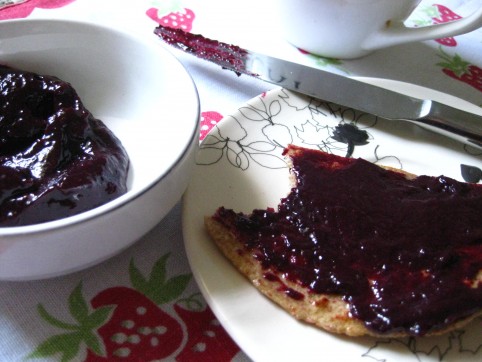
Finally, here’s my recipe for the best wild (or “Concord”) grape jam ever! The flavor really is incredible.
I’m not a big jam-maker normally. And maybe that’s because nobody ever told me that jam doesn’t have to be complicated, the way most publications make it seem. This is the easiest jam you’ll probably ever make…because I discovered by accident that you don’t need either sugar or pectin to make it!
And because it’s “freezer jam” (meaning you store it in the freezer), you won’t be sterilizing jars or canning anything. You’ll just be cooking the grapes way down, allowing the natural sugar and pectin that’s already in the fruit to do the job for you. (To give you an idea of how much jam you’ll get, 9 lbs of grapes yields about 1 quart of jam.) Then, you eat it! And if you’re going to keep it around for a while, just pop it into the freezer to extend its life.
This jam is also what I use to make my delicious Concord Grape Fruit Leather. Try it sometime!

*****
Wild Grape Freezer Jam
Wild, or “Concord,” grapes — nice and ripe. (That’s the only ingredient!)
***
1. De-stem & wash your grapes.
2. Put them into a large pot, and turn to medium-low heat. No need to add any water to the pot — they’ll provide plenty as they heat up and burst. Stir frequently to prevent burning at the bottom, and to get all the grapes heated up.
3. Cook, uncovered, stirring frequently, until most grapes have burst. The unripe ones won’t burst.

Cook the grapes until they burst…
4. Turn heat down to low, and simmer, uncovered, until the grapes have cooked down a bit. Turn off the heat and let the grape slurry cool off a bit until it’s handle-able.
5. Strain your slurry through a mesh sieve with holes just small enough to prevent the seeds from going through. A food mill can also be used here; I bought a $30 Italian-made one from Crate & Barrel several years ago to use for this purpose. When it broke, I was actually sort of glad. I went right back to using the circular sieve pictured below, and this continues to be my tool of choice — it seems quicker and more direct, and the irritation of seeds jamming up the mill is not there. I prefer it.
This is the most labor-intensive part of the whole process because you’ll really want to stir a lot and press the pulp firmly against the sides of the sieve to separate all the liquid from the seeds and skins that will be left behind. Really scrape the pulp against the sieve so that you get some of the pulp pushed through the holes into the juice. This seems to help the jam thicken up. This is also a time when you could use a blender. Before pouring the grape slurry into your sieve, pulse it several times in your blender, then pour it into the sieve. You don’t want to blend up the seeds, but the blender does help break up the grapes and pulp, making it easier to strain.
After most of the juice is strained out of each batch of pulp in the sieve, I like to put the spoon down and get my hand in there to squeeze the rest of the juice out of the pulp-and-seeds.
Once this process is complete, you’ll have plenty of soupy liquid and the pile of seeds & skins will be surprisingly small.

Strain your grape slurry through a metal sieve. The large one is nice for big batches, but the small one is my favorite, and what I use even for large batches.

Strained liquid on the right, ready to cook down into jam. The skins & seeds are on the left, ready to be tossed.
6. Now that you’ve got just the liquid, you’re ready to cook it down into jam. Pour it back into the pot and turn the burner back onto low heat. Simmer on low, uncovered, until it’s thick like…jam! This will probably take several hours especially for a big batch. Stir it fairly frequently, especially toward the end when it sticks to the bottom of the pot more readily. And turn the heat down lower when it starts to thicken; you really don’t want to burn this stuff, because of how much effort you’ve put into it. Keep it at low heat. You’ll know it’s done when you can drag your spoon through the middle of it and the track doesn’t fill back in. (EDIT 9/26/16: I have been taking it off heat even before I can see the bottom of the pan while dragging my spoon through it. It has set up well once cooled & refrigerated. So when it’s been cooking down for hours, and looking bubbly and sorta thick, and the volume has been reduced to maybe about 1/3 of the original volume of strained, soupy liquid, try cooling it and it may set up fine for you. I’m going to do more experimentation with this.)
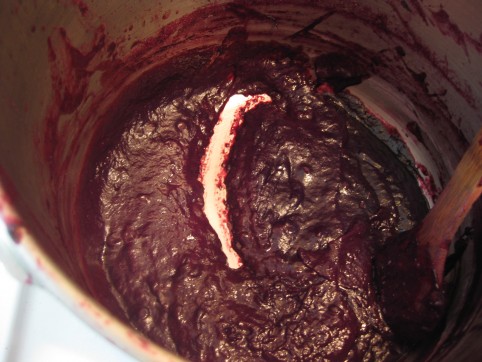
You know it’s done when your spoon track doesn’t fill back in.
7. That’s it! Cool & store in the fridge (it’ll last a couple weeks before starting to go moldy), or in the freezer for long-term storage. You can also can this using the water bath canning method. I have been canning this grape jam for the past several years and it is my preferred storage method. It does, however, tend to crystallize for me (must be the sugars) when it’s canned. I don’t mind, but if you don’t want that, you may just want to keep it in the freezer.
*****


(Get your family to help you de-stem those grapes!)
*****

